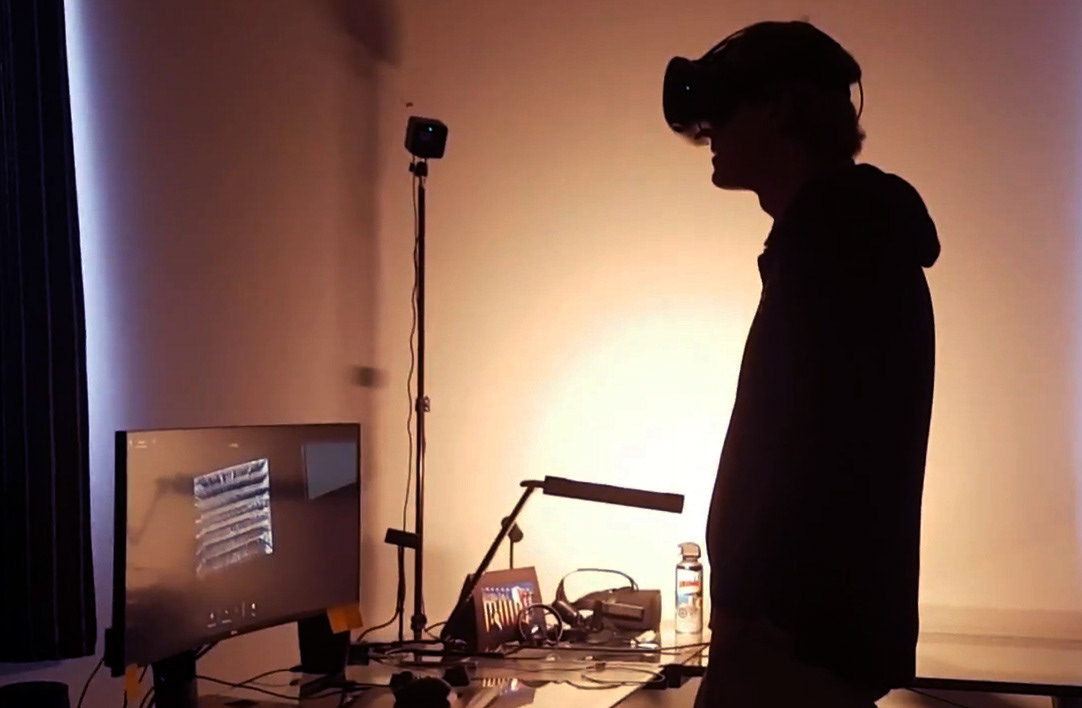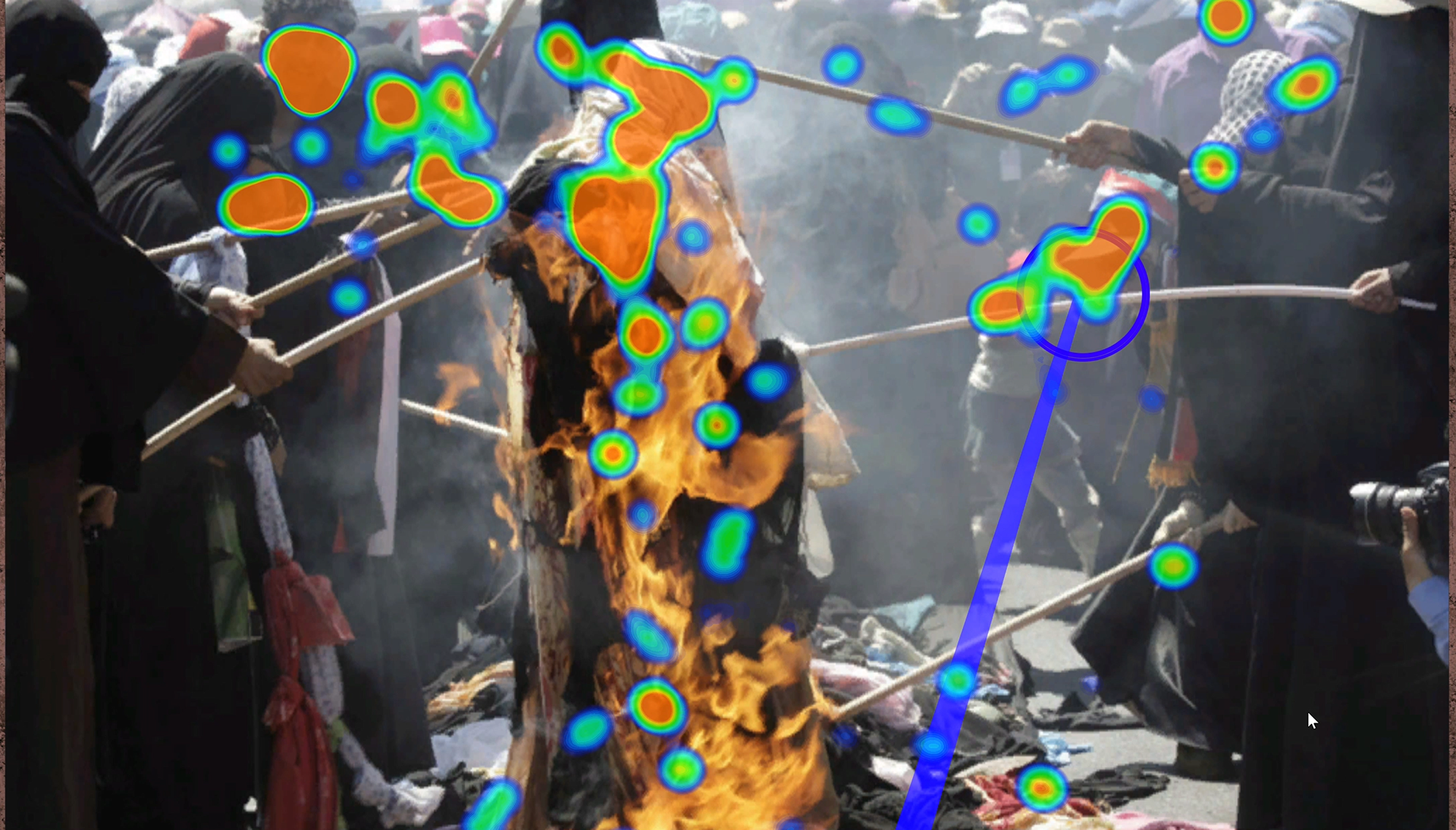COPE emerges from a desire to make the invisible mechanisms of perception visible — by seeing through someone else’s eyes.
Using eye-tracking data, the project investigates not only what the gaze reveals, but also what it conceals. By giving equal importance to what has been seen and what has been ignored, the works do not show what is being looked at, but rather how we look, and at times, what we choose to turn away from.
Here, the gaze becomes raw material. Ocular trajectories are translated into printed layers on transparent materials, revealing both what was perceived and what was left unseen. When these layers are superimposed at varying distances, parallax effects emerge and allow light to pass through from behind. This spatial arrangement invites viewers to come closer, to look deeper all the way to the back of the image.
Behind these layers — what was looked at and what was overlooked — lies the luminous core of the installation. It represents a form of truth: elusive, malleable, and always partial. This light spills beyond its boundaries, as if truth, over time, gradually fades and leaving behind only residual traces that feed each viewer’s interpretation and memory.
The COPE installations function like perceptual fossils. They hold the imprints of a real, lived story. And what escapes them may in turn be revealed, through the lens of another’s gaze.

